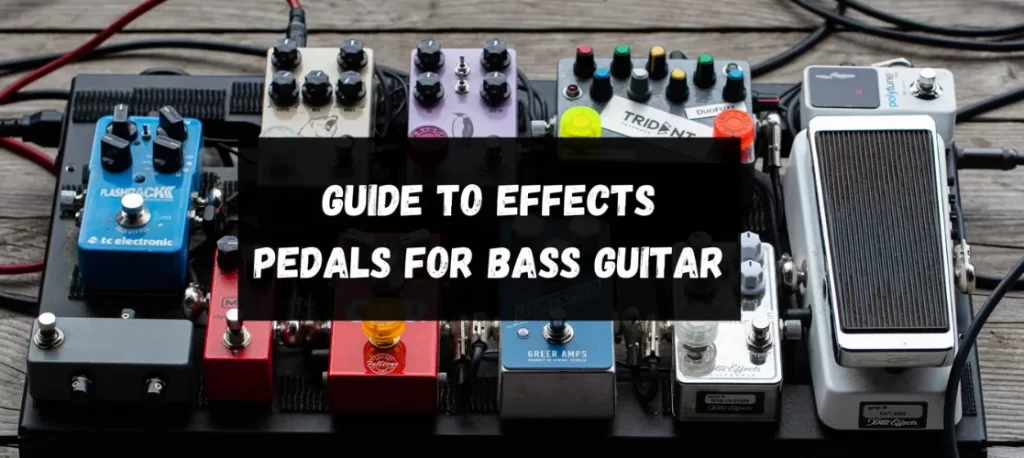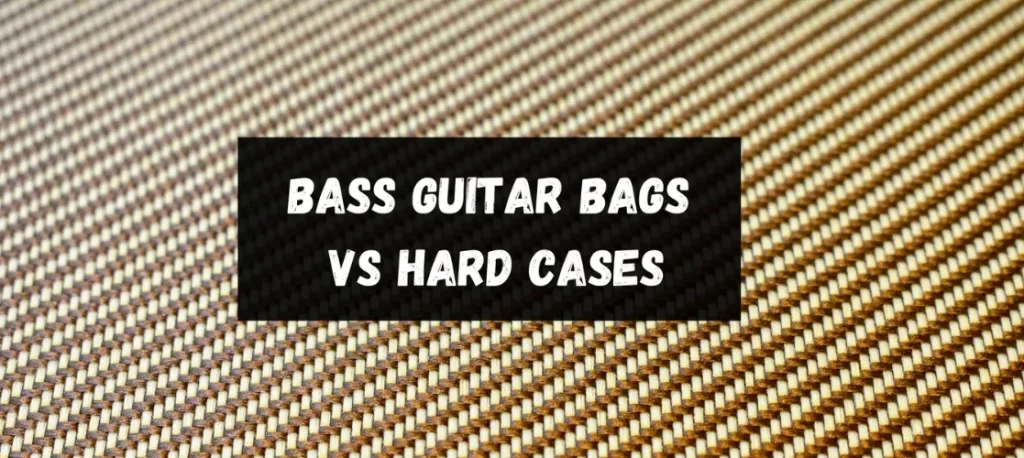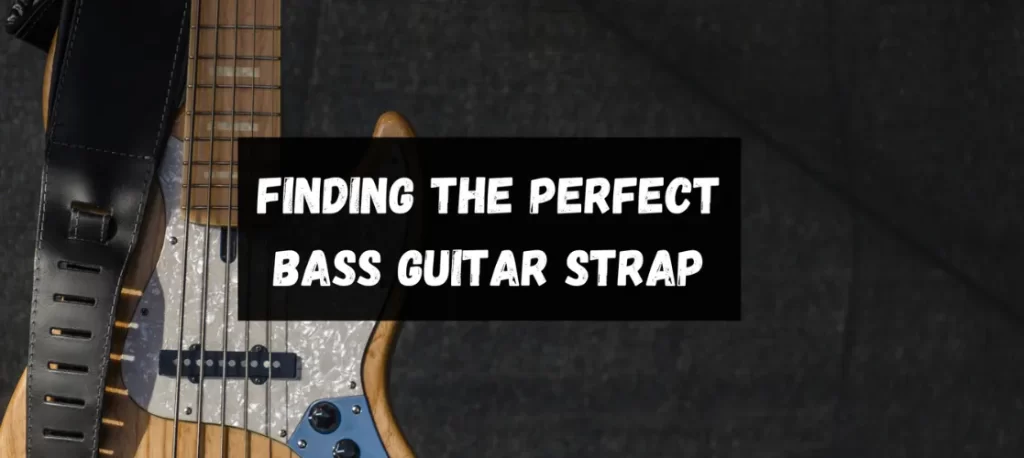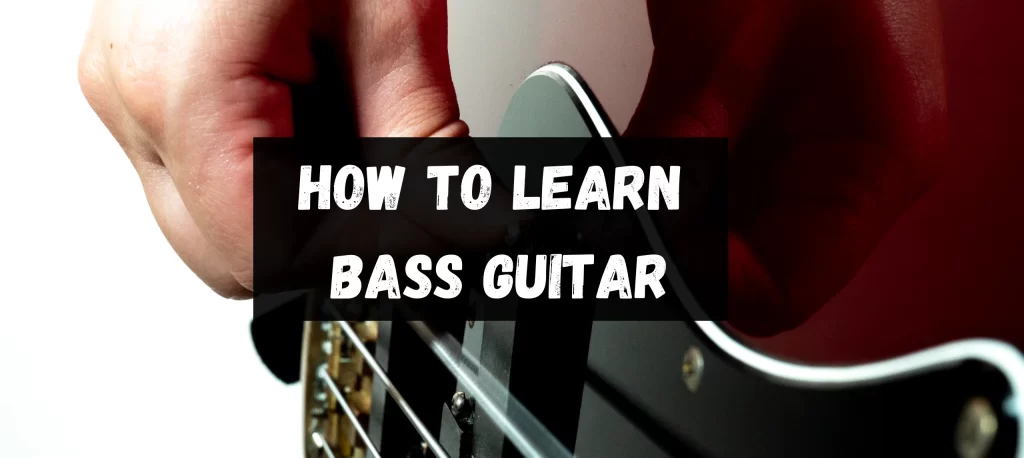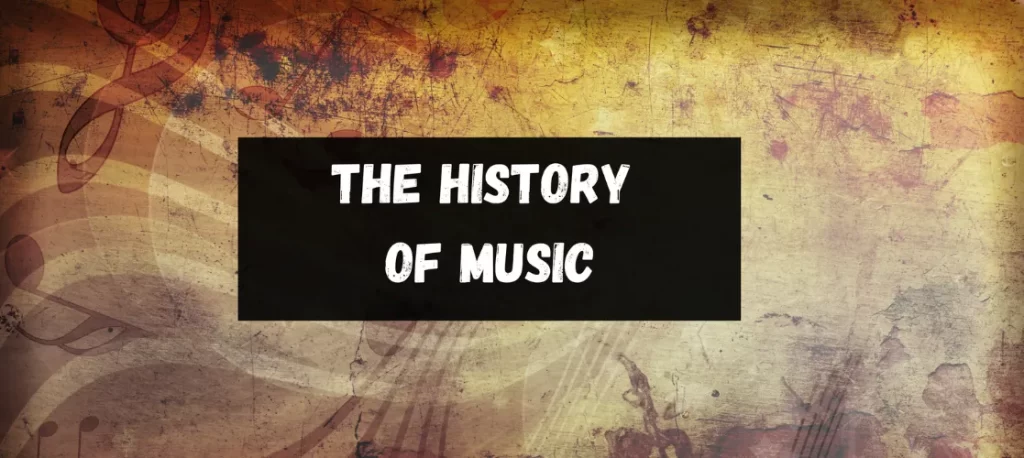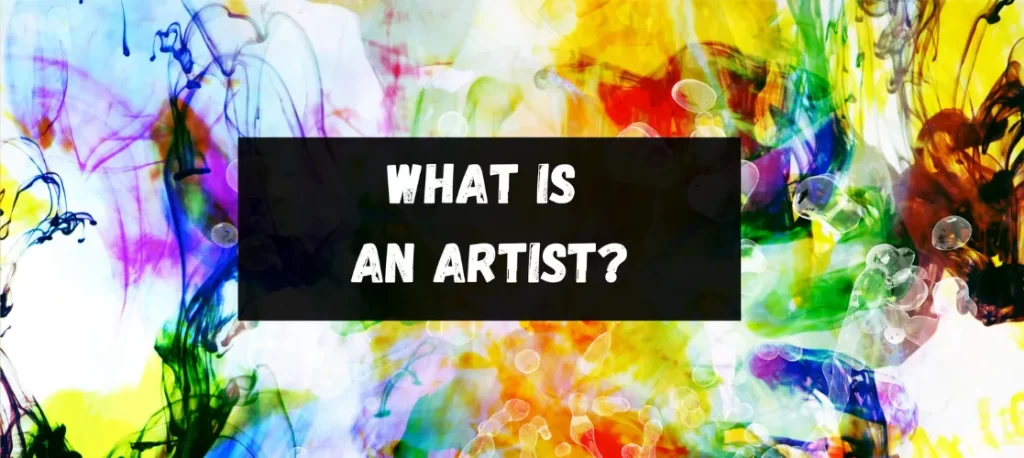October 4, 2025
Overdrive, distortion, and fuzz are some of the most popular effects among bass players. Gain pedals can give your tone a slight push to cut through the mix, full-blown distortion, or anything in between. However, bassists often get confused as to the differences between them and which one to choose for their setup.
In this article, we’ll explore the differences between overdrive, distortion, and fuzz, and help you pick the perfect choice for the bass tone of your dreams. Let’s get started!
What Is Bass Overdrive?
Overdrive is the most subtle and natural-sounding gain effect. It emulates the warm saturation of a tube amp pushed just slightly beyond clean headroom. The great thing about overdrive is that it adds that needed grit and harmonic richness to a tone without messing with the clarity of your low end, and it reacts really well to the dynamics of your playing.
As overdrive is quite a versatile effect, you can use it to lightly enhance the midrange of your tone or to totally alter the feel of your tone. It does a great job at preventing the fundamental lows and boosts the mids and highs, helping the bass cut through a mix. Overdrive is a go-to for genres like rock, blues, funk, and modern pop.
What Is Bass Distortion?
Bass distortion takes things further than overdrive, delivering a heavier, more saturated sound. Instead of smooth, dynamic clipping, distortion produces a compressed and aggressive tone with sharper edges.
This effect also emphasizes the midrange, which helps the bass cut through dense mixes filled with guitars and drums. However, a distortion pedal without features like a blend control or EQ can sometimes mask the low-end clarity, making it important to choose an effects unit designed specifically for bass.
What Is Bass Fuzz?
Bass fuzz is the most extreme of the gain effects, and it produces thick and buzzy tones that completely transform your sound. Unlike overdrive or distortion, fuzz often generates a heavily saturated, almost synth-like texture that can dominate the mix. The low end may become less defined.
Fuzz pedals are ideal for experimental or vintage-inspired sounds. It’s the perfect effect for solos, riffs, or sections where the bass should stand out with a gritty voice. Many fuzz circuits respond unpredictably to playing dynamics, giving each player’s touch a unique signature.

Key Differences Between Overdrive, Distortion, and Fuzz
While overdrive, distortion, and fuzz all add gain to your bass tone, each effect shapes your sound in unique ways. Here are the main differences:
- Clipping Style: Overdrive produces smooth, dynamic clipping; distortion delivers aggressive, compressed clipping; fuzz creates extreme, heavily saturated clipping.
- Tone Character: Overdrive adds warmth and subtle grit while preserving clarity; distortion is punchy, mid-focused, and thick; fuzz is chaotic, buzzy, and rich in harmonics.
- Dynamics/Responsiveness: Overdrive reacts naturally to your playing; distortion is less responsive and more consistent; fuzz can be unpredictable and varies with touch dynamics.
- Low-End Retention: Overdrive preserves your bass’s low frequencies, distortion can slightly mask low-end, and fuzz often sacrifices clarity for texture.
- Common Genres: Overdrive fits rock, blues, funk, and pop; distortion suits metal, punk, hardcore, and industrial; fuzz shines in psychedelic rock, stoner/doom, and experimental styles.
- Typical Use: Overdrive enhances your natural tone, distortion delivers aggressive power, and fuzz provides a bold, distinctive texture that can stand out in the mix.
How to Choose the Right Gain Pedal for Your Bass Setup
Selecting the right gain pedal for your bass depends on your style, tone goals, and how you interact with your band mix. Here are key factors to consider:
- Playing Style and Dynamics: If you play with subtlety and want to preserve your dynamics, overdrive is often the best choice. For a more aggressive, consistent attack, distortion may be preferable. Fuzz works well if you want to experiment with texture and harmonics.
- Genre Considerations: Think about the musical context. Rock, blues, funk, and pop benefit from the warmth of overdrive. Metal, punk, and hardcore often call for distortion’s punch. Psychedelic, stoner, or experimental music thrives with fuzz.
- Low-End Clarity: Bass frequencies can easily get lost in a mix. Overdrive preserves low-end definition, distortion can slightly mask it, and fuzz may drastically alter it. If maintaining a clear bottom end is crucial, choose pedals with blend or EQ controls.
- Stacking and Combination: Some bassists use multiple gain pedals to achieve different textures. For example, overdrive can be used to push a distortion pedal for more saturation, or fuzz can be blended in for specific riffs. Experimenting with pedal order can reveal new tonal possibilities.
- Pedal Features: Look for options like blend controls, EQ shaping, and true bypass. These features are essential for maintaining clarity and ensuring your tone fits the mix.
Top Picks for Bass Overdrive, Distortion, and Fuzz
Bass Overdrive

The DarkGlass Alpha Omicron is a powerful bass preamp/overdrive combo that has several quality-of-life features, including a blend knob and parameters like growl and bite to shape your tone.

The EarthQuaker Devices Blumes is one of the most popular bass overdrive pedals. It features an all-analog tri-mode soft clipping based on the classic Screamer circuit, so you can expect lots of dynamic response from it.
Bass Distortion and Fuzz

The Aguilar Storm King is a compact bass distortion/fuzz based on the Drive circuit of the Aguilar Tone Hammer amp. It doesn’t feature a mix knob, but it does a great job of preserving the foundation of your tone, and it’s quite responsive to playing dynamics.

The EarthQuaker Devices Chelsea is a recreation of a vintage-style fuzz that LCD Soundsystem famously used on bass. It sounds really unique and covers subtle boosts, experimental tones, and everything in between.

The Dirty Haggard Mangled is a great match for bassists looking for extensive control over their fuzz tone. Apart from a blend knob, it also offers three distinct midrange settings with the voice switch, as well as a Tilt parameter to adjust your lows and highs.
Frequently Asked Questions
Which Gain Pedal Is Best for Beginners on Bass?
A high-quality overdrive is your best option, as it offers the most versatility among all types of gain effects. It allows you to get everything from a dialed-down boost to highly saturated overdriven tones, depending on your needs.
Can I Stack Bass Overdrive, Distortion, and Fuzz Pedals Together?
Yes, it’s common practice to stack gain pedals together to get a unique tone. If you want to add some character to a fuzz or smooth it out, for example, placing an overdrive right before or after it is a great idea. However, keep in mind that each pedal will interact differently.
How Do I Avoid Losing Low-End When Using Distortion or Fuzz?
Look for pedals that feature a blend or mix control, where you can balance your clean signal with the effect. If your pedal doesn’t have one, you can always use an A/B pedal to split your signal, but that’s a less convenient solution.
Conclusion
Gain pedals can be a game-changer for your bass tone. If you want to start with a flexible option that preserves your sound’s fundamentals, go with overdrive. If you’re into heavier genres, a distortion or a fuzz can deliver that high-saturated character to your tone while giving you tons of dynamic controls.
When exploring the perfect match for your setup, look for parameters such as a Mix/Blend knob and an EQ section, as these features will allow you to shape the gain effect to suit your tone and playing style.
Ian Sniesko
Written by Ian Sniesko from DeathCloud, curating the finest guitar pedals for tone chasers and gear heads alike.






